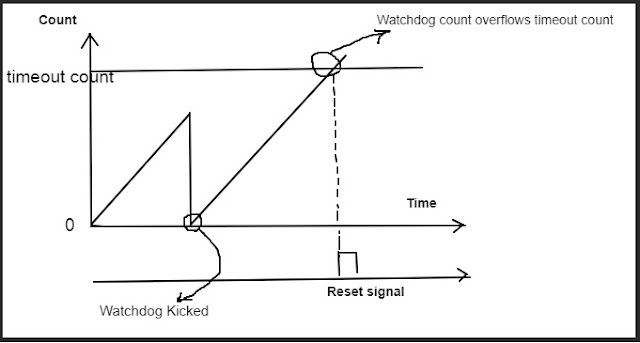A watchdog timer is a crucial component in embedded systems, providing a fail-safe mechanism to detect and recover from software or hardware malfunctions. Configuring a watchdog timer properly ensures that your embedded system remains stable, even in the event of an unexpected failure.
1. Understand the Watchdog Timer Functionality
The watchdog timer (WDT) is a hardware or software timer that resets the system if it fails to reset the timer within a predefined interval. The key to utilizing this feature is knowing the behavior of the timer and how to implement it effectively.
2. Determine the Watchdog Timer’s Role in Your System
Before configuring, assess whether the watchdog timer should reset the system or trigger an interrupt upon timeout. Decide whether you need to simply reset the system or invoke a recovery process.
3. Configure the Timer Interval
The timer interval defines the duration after which the watchdog timer expires. Choose an interval that balances the system’s normal operation time and the need for timely failure detection. For example, if the system performs time-sensitive tasks, set a shorter interval.
4. Set Up the Timer in Code
In most embedded systems, watchdog timers can be configured using the system’s microcontroller. Set the WDT register to define the timeout period. The timer is typically reset periodically by the software (also called “kicking the dog”) to prevent it from expiring and causing a reset.
Example of configuration:
5. Enable and Monitor the Watchdog Timer
Once configured, enable the watchdog timer and ensure that the system resets the timer periodically. Failure to do so will result in the watchdog triggering a reset. Always test the timer configuration to verify its functionality under different failure conditions.
6. Consider Power Consumption
Watchdog timers often require minimal power to operate, but excessive timer intervals or multiple watchdog timers can impact the system’s power efficiency. Configure your watchdog to match your system’s power requirements.
7. Handle Watchdog Timer Expiration
If the system fails to reset the watchdog timer in time, it will expire, leading to a system reset. Ensure the system is capable of recovering from such resets. This may involve saving system state or implementing a soft reset routine.
Conclusion
Configuring a watchdog timer in embedded systems enhances the reliability and fault tolerance of your design. It’s a simple yet effective tool to safeguard against system lock-ups, making it an essential feature in mission-critical applications. By following the steps mentioned, you can ensure that your system behaves predictably and can recover gracefully in the event of an issue.

В этой публикации мы предлагаем подробные объяснения по актуальным вопросам, чтобы помочь читателям глубже понять их. Четкость и структурированность материала сделают его удобным для усвоения и применения в повседневной жизни.
Детальнее – https://nakroklinikatest.ru/